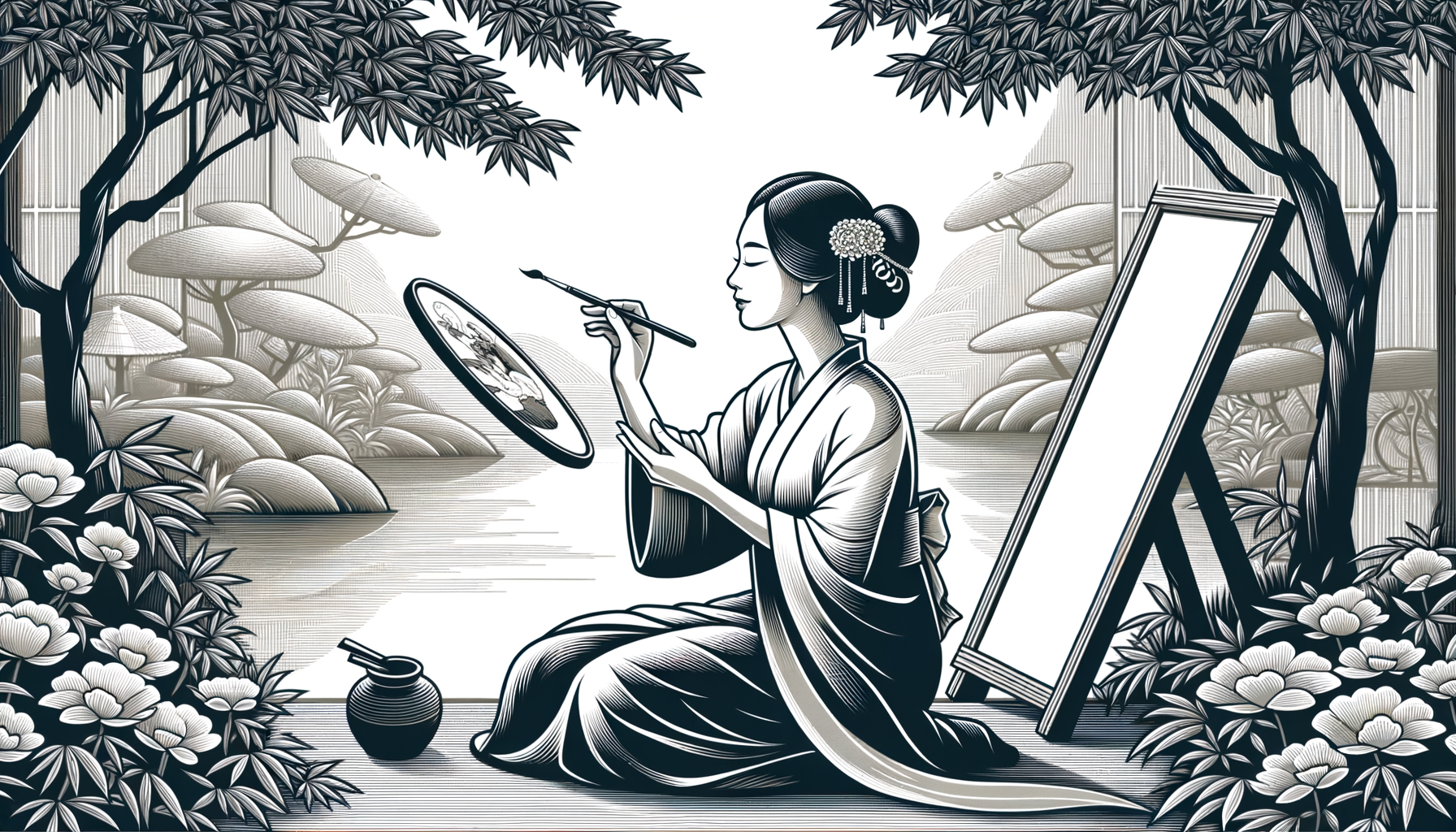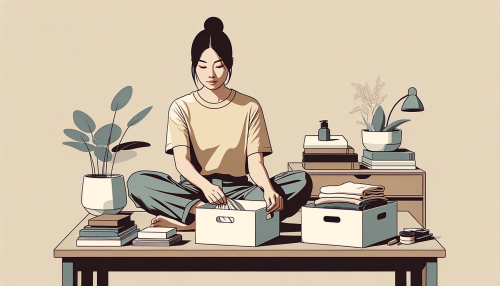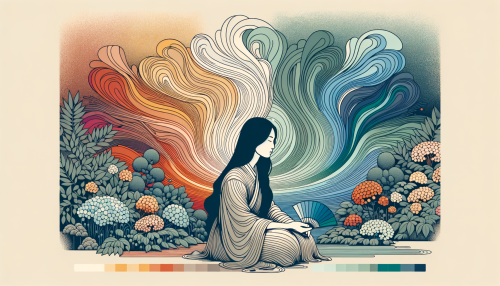Introduction
Art, in its myriad forms, has been an integral part of human existence for millennia. It has served as a medium for expression, communication, and reflection, transcending the barriers of language, culture, and time. However, the influence of art extends beyond the aesthetic and intellectual realms, permeating the sphere of emotional wellbeing. This article delves into the profound impact of art on emotional health, exploring its therapeutic potential and its role in enhancing mental health.
Artistic Expression and Emotions

Artistic expression is a conduit for emotions, a channel through which individuals can externalize their innermost feelings and thoughts. It provides a platform for the articulation of sentiments that may be challenging to express verbally. The act of creating art, whether it be painting, sculpting, writing, or dancing, involves a deep engagement with one’s emotional landscape. This process can foster self-awareness, enabling individuals to gain insights into their emotional states and patterns.
Moreover, art can serve as a mirror, reflecting the emotional realities of individuals. It can resonate with their experiences, validating their feelings and making them feel seen and understood. This aspect of art can be particularly beneficial for individuals grappling with feelings of isolation or alienation. By connecting with art that mirrors their emotional experiences, they can feel less alone in their struggles.
Furthermore, art can evoke a wide range of emotions, from joy and wonder to sadness and anger. It can stir the depths of the human soul, eliciting profound emotional responses. This capacity of art to touch the heart can enrich the emotional lives of individuals, enhancing their capacity to feel and experience deeply.
Therapeutic Impact of Art
Art therapy, a form of psychotherapy that uses art as a medium of expression and communication, has gained recognition for its therapeutic potential. It provides a non-threatening, non-verbal avenue for individuals to explore and express their emotions. This can be particularly beneficial for individuals who find it difficult to articulate their feelings verbally.
Art therapy can facilitate emotional catharsis, allowing individuals to release pent-up emotions through artistic expression. This process can alleviate emotional distress, promoting a sense of relief and tranquility. Moreover, the act of creating art can be a source of joy and fulfillment, fostering positive emotions and enhancing overall emotional wellbeing.
Furthermore, art therapy can aid in the processing of traumatic experiences. By externalizing their trauma through art, individuals can gain a sense of control over their experiences, reducing feelings of helplessness and fear. This can facilitate healing and recovery, contributing to improved emotional health.
Art and Mental Health Improvement
Art can play a pivotal role in improving mental health. It can serve as a coping mechanism, providing a creative outlet for individuals to manage stress, anxiety, and depression. By immersing themselves in the process of creating art, individuals can enter a state of flow, a psychological state characterized by intense focus and absorption in an activity. This state can have a calming effect, reducing stress levels and promoting mental tranquility.
Moreover, art can foster resilience, enhancing individuals’ capacity to navigate life’s challenges and adversities. By engaging with art that depicts resilience and perseverance, individuals can draw inspiration and strength, bolstering their mental fortitude.
Furthermore, art can facilitate self-expression, a critical aspect of mental health. By expressing themselves through art, individuals can assert their identity and autonomy, fostering a sense of self-worth and self-esteem. This can contribute to improved mental health, promoting a sense of wellbeing and fulfillment.
Conclusion
In conclusion, art wields a profound influence on emotional wellbeing. It serves as a medium for emotional expression, a mirror for emotional realities, and a catalyst for emotional responses. Its therapeutic potential is harnessed in art therapy, facilitating emotional catharsis, trauma processing, and the enhancement of positive emotions. Moreover, art can contribute to improved mental health, serving as a coping mechanism, a source of resilience, and a platform for self-expression. Thus, art, in its myriad forms, can be a powerful ally in the pursuit of emotional health and wellbeing.





